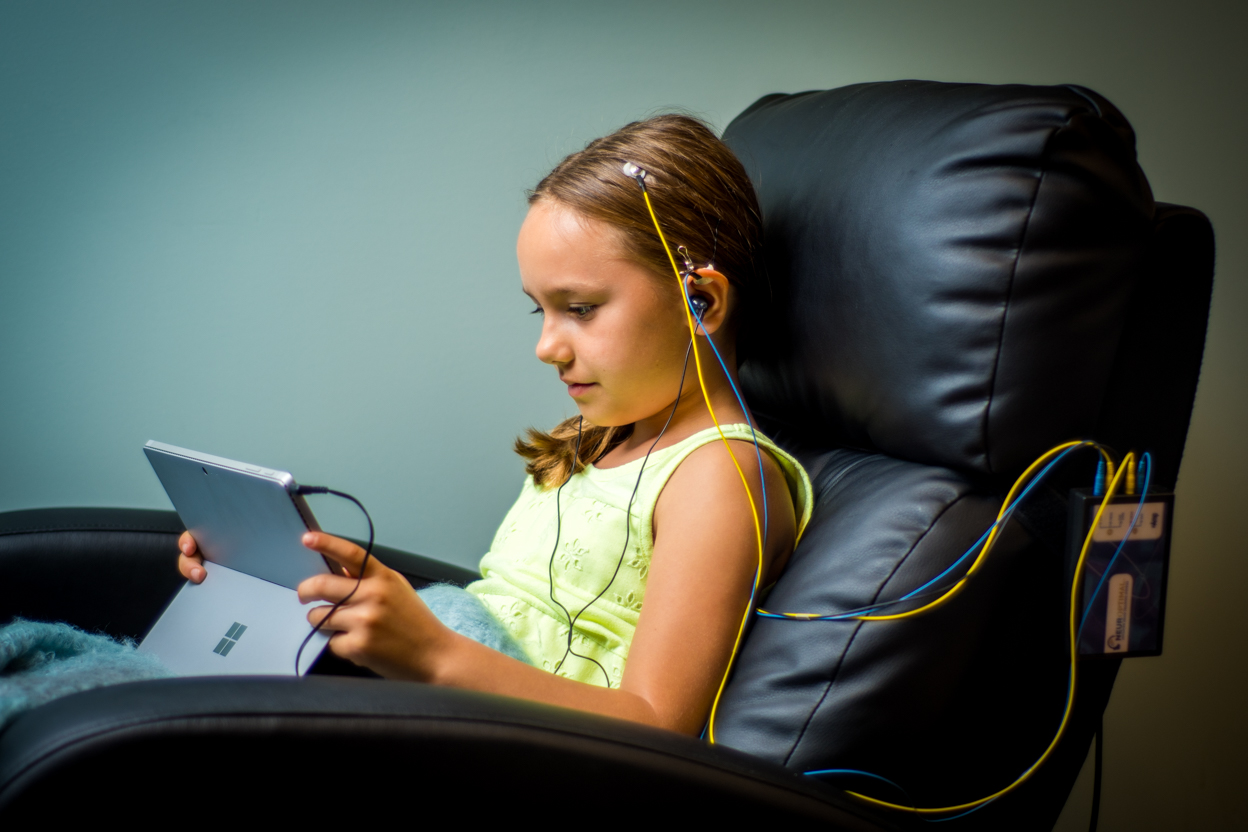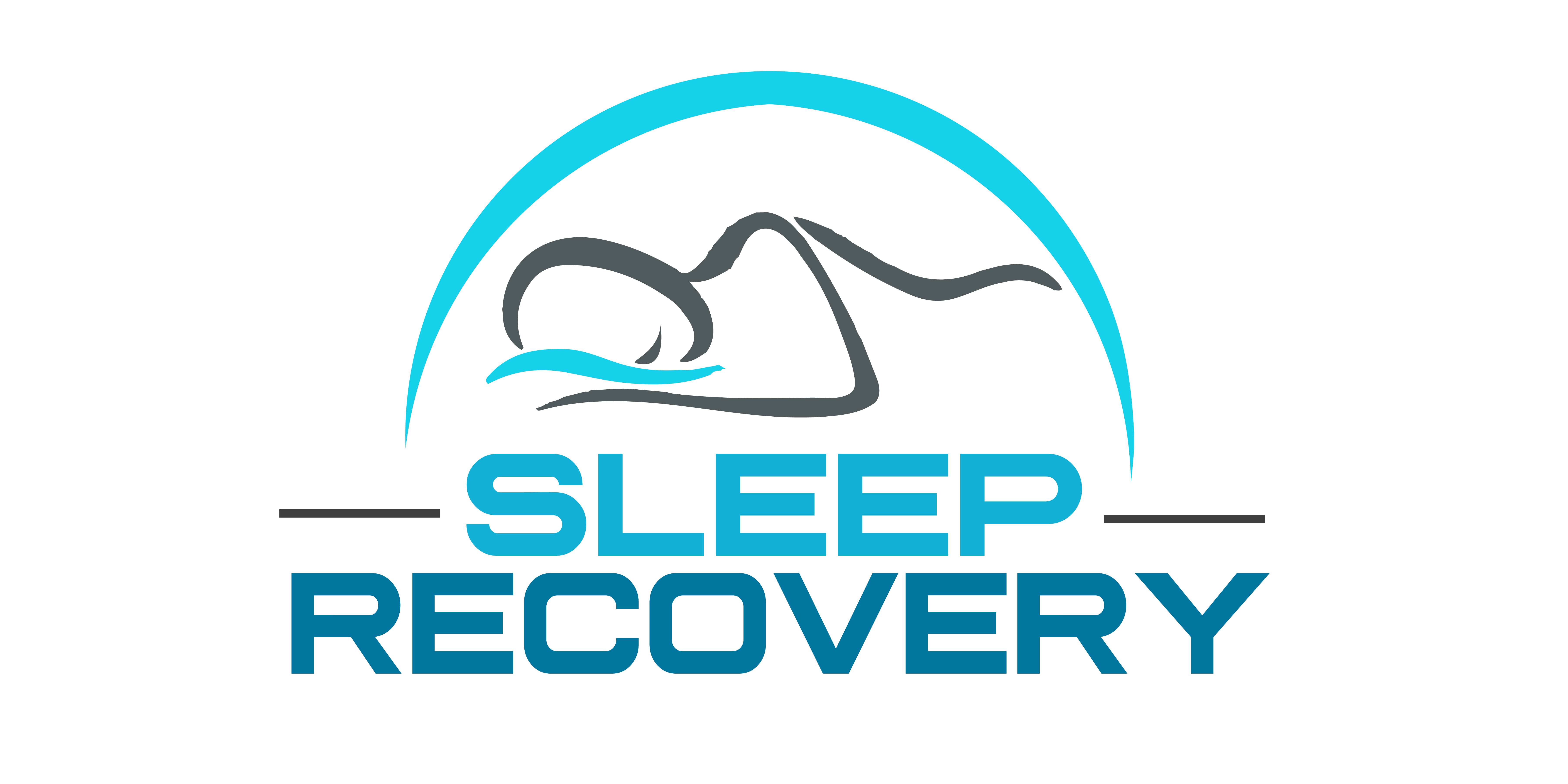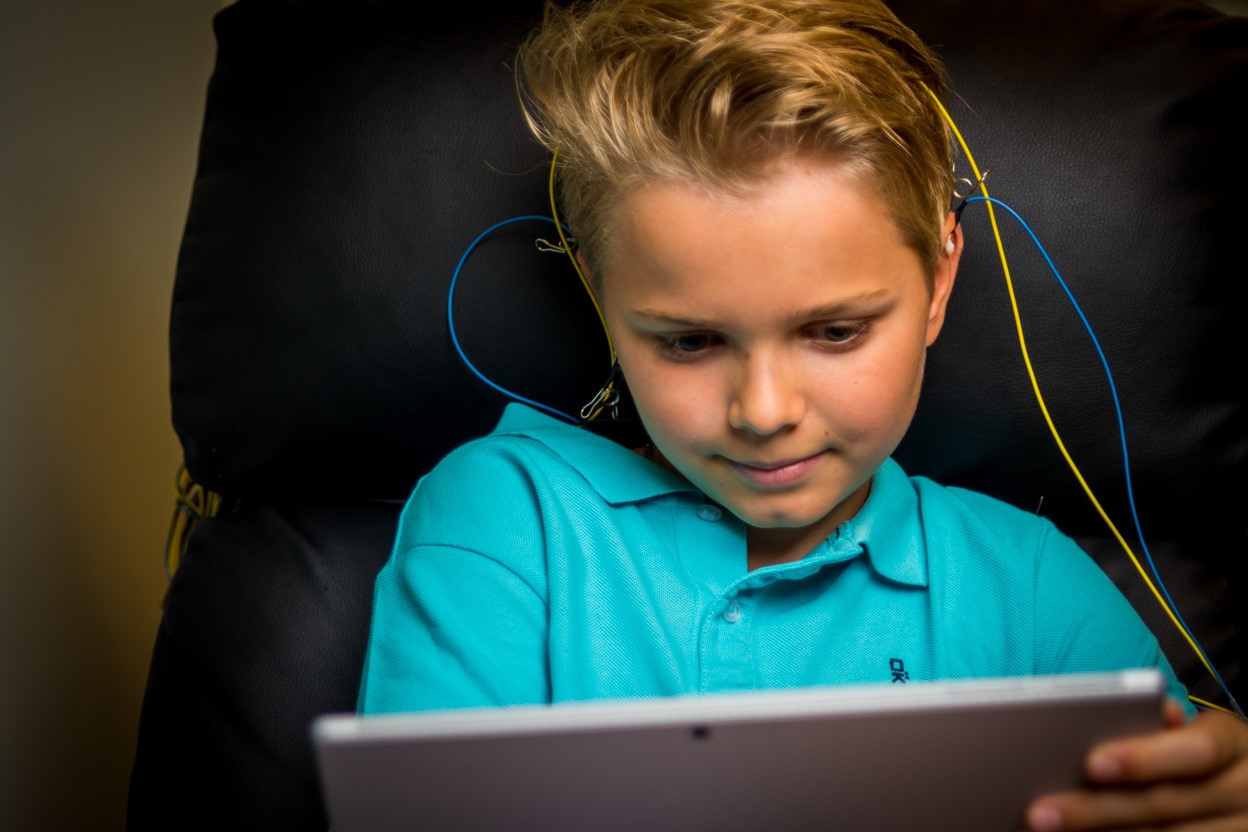What Causes Attention Deficit Disorder? Unraveling the Sleep-ADD/HD Connection

Introduction: Considering Poor Sleep as a Driver for ADD
In the complex landscape of neurodevelopmental disorders, emerging research reveals a profound and often overlooked connection: the intricate relationship between childhood sleep quality degradation and attention deficit symptoms. This analysis explores how chronic sleep issues may not merely exacerbate attention problems but potentially serve as a primary driver of what we currently diagnose as ADD/ADHD.
The Neurobiological Interface
Recent neuroimaging and molecular neuroscience advances have illuminated the sophisticated mechanisms through which sleep disruption affects cognitive function. It has documented how chronic sleep disturbance creates distinct patterns of neural dysfunction that mirror classic ADD presentations.
The Prefrontal Cortex: Command Central
The prefrontal cortex, often termed the brain’s “executive suite,” demonstrates particular vulnerability to sleep disruption. Advanced neuroimaging studies reveal:
- Structural Changes
- Reduced gray matter density in attention networks
- Altered white matter integrity
- Modified synaptic density patterns
- Compromised neural pathway efficiency
- Functional Disruption
- Decreased metabolic activity in executive regions
- Altered connectivity patterns
- Impaired information processing
- Reduced cognitive flexibility
The Molecular Cascade
Researchers have identified specific molecular mechanisms through which sleep disruption affects attention networks:
- Neurotransmitter Dysregulation
- Disrupted dopamine signaling
- Altered norepinephrine patterns
- Modified GABA function
- Compromised glutamate regulation
- Synaptic Plasticity Impact
- Reduced synaptic pruning efficiency
- Altered dendritic spine formation
- Modified neural network optimization
- Impaired learning consolidation
Comparative Performance Studies
The 48-Hour Wake Research
Recent studies from the Transportation Safety Institute present sobering data comparing sleep deprivation to other forms of cognitive impairment:
- Attention Performance
- 50% reduction in sustained attention
- 35% decrease in decision accuracy
- 40% slower reaction times
- 60% increase in attention lapses
- Cognitive Function Comparison
- Sleep deprivation impairment exceeds legal intoxication levels.
- More significant impact on executive function
- More severe effects on working memory
- Longer recovery requirements
Gender Differences in Sleep-Attention Dynamics
The Male Vulnerability Pattern
Research reveals distinct gender-based differences in sleep-attention interaction:
- Developmental Timing
- Later maturation of sleep regulation systems
- Extended vulnerability windows
- Modified hormonal influences
- Delayed circadian stabilization
- Environmental Sensitivity
- Enhanced reactivity to sleep disruption
- More significant cognitive impact from sleep loss
- Modified recovery patterns
- Increased vulnerability to attention disruption
Current Treatment Paradigms: A Critical Analysis
The Medication-First Approach
Current standard practice often bypasses sleep assessment:
- Diagnostic Gaps
- Limited sleep evaluation protocols
- Insufficient attention to circadian factors
- Minimal consideration of sleep architecture
- Overlooked environmental influences
- Treatment Limitations
- Potential exacerbation of sleep issues
- Masked underlying sleep disorders
- Complicated recovery patterns
- Missed intervention opportunities
The Sleep Recovery Program: A Comprehensive Approach
Evidence-Based Intervention
Sixteen years of clinical experience has refined an integrated treatment model:
- Assessment Protocol
- Advanced sleep architecture analysis
- Comprehensive attention evaluation
- Environmental assessment
- Family system analysis
- Intervention Strategy
- Targeted neurofeedback protocols
- Sleep optimization techniques
- Attention network training
- Environmental modification
Clinical Success Patterns
Long-term outcome data demonstrates significant success:
- Case Study: Advanced Sleep Disruption Eight-year-old Thomas presented with severe attention deficits and behavioral issues. Initial assessment revealed:
- Fragmented sleep architecture
- Delayed sleep onset
- Reduced slow-wave sleep
- Compromised attention networks
After one month of neurofeedback intervention:
- Normalized sleep patterns
- Enhanced attention capacity
- Improved academic performance
- Reduced behavioral issues
- Zero need for pharmacological protocols
- Case Study: Circadian Disruption Eleven-year-old Emma showed classic ADD symptoms masking underlying sleep disorder:
- Irregular sleep patterns
- Disrupted circadian rhythms
- Compromised attention systems
- Academic difficulties
Intervention results:
- Stabilized sleep-wake cycles
- Enhanced cognitive function
- Improved academic outcomes
- Eliminated the need for medication
Neurofeedback: The Science of Neural Regulation
Mechanism of Action
Advanced neurofeedback protocols target specific neural networks:
- Sleep Architecture Enhancement
- Optimization of slow-wave sleep
- Enhancement of sleep spindles
- Regulation of REM patterns
- Stabilization of sleep transitions
- Attention Network Training
- Enhanced neural synchronization
- Improved network connectivity
- Optimized information processing
- Enhanced cognitive flexibility
Future Directions in Treatment
Emerging Technologies
Current research suggests promising developments:
- Advanced Brainwave Entrainment Systems
- Audio-Visual LED light therapy
- Amplitude based Neurofeedback
- Alpha Theta neurofeedback for pediatric trauma
- Targeted Interventions
- Personalized protocol development
- Child-focused sleep coaching
- Anxiety awareness training
Call to Action: A New Treatment Paradigm
For Parents
Essential considerations before medication:
- Nightly wearable sleep tracking
- Document sleep patterns
- Ask questions when a child wakes up
- Do they feel rested? Or tired?
- Compile 7 night sleep log.
For Healthcare Providers
Protocol modifications:
Re-think the standardized diagnostic approach
- Suggest a sleep study or wearable-based sleep log
- Base complete diagnosis to include sleep assessment
- Evaluate family sleep habits
- Treatment Planning
- Prioritize sleep optimization
- Include neurofeedback options
- Monitor intervention outcomes
- Adjust protocols based on response
Conclusion: The Path Forward
Understanding the profound connection between sleep disruption and attention deficits offers new hope for effective intervention. Addressing underlying sleep issues can improve attention symptoms, avoid unnecessary medication, and promote optimal neurodevelopmental outcomes.
References:
- Associations of sleep disturbance with ADHD: implications for treatment. https://pmc.ncbi.nlm.nih.gov/articles/PMC4340974/https://pmc.ncbi.nlm.nih.gov/articles/PMC4340974/
-
The impact of sleep difficulties in children with attention deficit hyperactivity disorder on the family. https://jcsm.aasm.org/doi/10.5664/jcsm.10662
-
What Is the Link Between Attention-Deficit/Hyperactivity Disorder and Sleep Disturbance? https://www.sciencedirect.com/science/article/pii/S0006322320313810
- American Academy of Pediatrics recognizes Neurofeedback as being as effective as medication for Attention Deficit Hyperactivity Disorder (ADHD). https://www.estceuntdah.fr/wp-content/uploads/2015/06/american-academy-of-pediatrics.pdf
-
In-School Neurofeedback Training for ADHD: Sustained Improvements From a Randomized Control Trial. https://publications.aap.org/pediatrics/article-abstract/133/3/483/32343/In-School-Neurofeedback-Training-for-ADHD?redirectedFrom=fulltext

